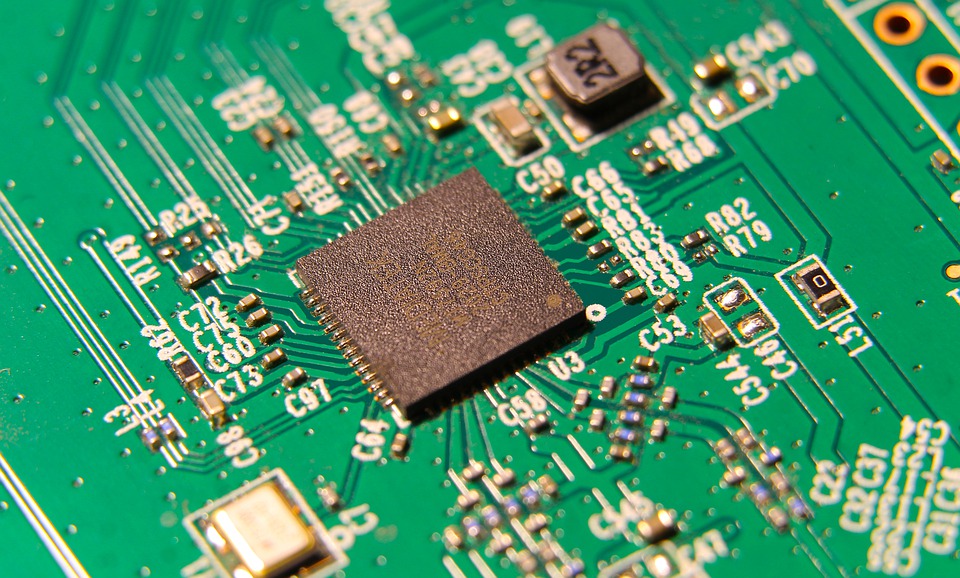Self-driving cars have been a topic of fascination and technological advancement in recent years. These vehicles have the potential to revolutionize the way we travel, making our roads safer, more efficient, and more convenient. One of the key technologies that enable self-driving cars to operate is machine learning.
Machine learning is a subset of artificial intelligence that allows computers to learn and improve from experience without being explicitly programmed. In the context of self-driving cars, machine learning algorithms analyze vast amounts of data collected from sensors, cameras, and other sources to make decisions on how to navigate the vehicle safely.
One of the main roles of machine learning in self-driving cars is perception. The car’s sensors collect data about its surroundings, such as other vehicles, pedestrians, road signs, and traffic lights. Machine learning algorithms process this data to understand the environment and make decisions about how to react accordingly.
For example, machine learning algorithms can be trained to recognize different objects in the environment and classify them as potential obstacles or hazards. This allows the self-driving car to make decisions about when to accelerate, brake, or change lanes to avoid accidents.
Machine learning also plays a crucial role in decision-making and planning. Self-driving cars must navigate complex and unpredictable driving scenarios, such as merging onto highways, navigating roundabouts, and dealing with construction zones. Machine learning algorithms can analyze historical data and simulations to make predictions about how to navigate these scenarios safely and efficiently.
Additionally, machine learning can continuously learn and adapt to new driving situations. As self-driving cars encounter new scenarios on the road, machine learning algorithms can update their models based on real-world data, allowing them to improve their performance over time.
Despite the advancements in machine learning technology, there are still challenges and limitations to overcome before self-driving cars become a mainstream reality. Ensuring the safety and reliability of autonomous vehicles remains a top priority, as even small errors in machine learning algorithms can have serious consequences on the road.
In conclusion, machine learning plays a critical role in the development and operation of self-driving cars. By leveraging advanced algorithms and data analysis, self-driving cars can navigate complex driving scenarios, improve safety, and enhance the overall driving experience. As technology continues to evolve, we can expect to see further advancements in machine learning that will drive the future of autonomous vehicles.




